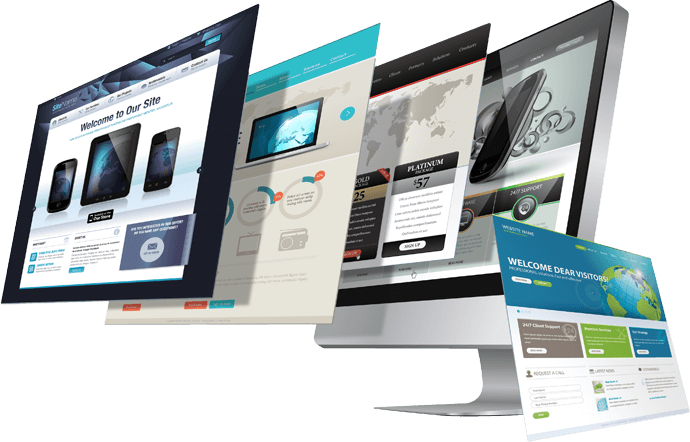Application Monitoring Tools
Every day thousands of websites slow down to a crawl, sites go completely offline or suffer seemingly random issues. Many of these issues end up costing the site owners thousands of dollars in lost conversions. This site was designed to help identify the best application monitoring tools to find and troubleshoot these issues and resolve the problems.
We have carefully selected and reviewed three of the top web application monitoring tools to help you determine the best way to solve your particular problems and to monitor your environments for further issues.
We understand that there are many more solutions out there, and new tools arrive on the market every day, but we feel the coverage of the tools we have focused on gives us a solid base to form the foundation of your monitoring toolset.
Key factors in web application monitoring include:

- website uptime/downtime
- page load speed
- element load speed trends
- page load speed under stress of many users
- infrastructure capacity
- site load trends as content increases
- real user monitoring (RUM)
- synthetic monitoring
- rich internet application (RIA) monitoring
When monitoring the status and performance of websites and web applications, there are a variety of relevant metrics to consider. For example, individual page load speed is extremely important to the overall user experience. Monitoring this particular metric can help increase your visitor retention rate while potentially reducing things like support ticket requests.
Another important metric to consider is functionality. While a shopping cart on an e-commerce website may load fast, it may not be fully-functional; thus, it is important to monitor a variety of metrics to get a complete picture of the health of your website. With this in mind, we’ve taken a number of factors into consideration when designing the comparison categories listed on this website, to account for a wide range of use cases and monitoring requirements.
Application Monitoring Tools: Trends for [todaysdate format=”Y”]
What’s new for [todaysdate format=”Y”] in the world of application monitoring tools? Agile methodologies, microservices, and the need for developers to track and monitor the performance of applications in real time has become increasingly important. Specifically, here some of the features that people on the lookout for application monitoring tools should be aware of:
- Tracking the handling of exceptions and application errors
- Log and data output
- Performance, specifically application performance monitoring (APM)
Application Monitoring Tools That Track Exceptions
When it comes to different types of web application monitoring tools, there’s an increasing push in [todaysdate format=”Y”] for tools that can actually track exceptions and report on this. This somewhat falls under the umbrella of APM, but is also in its own category. That said, developers need data on exceptions so that can fine tune the applications and this has to be data that includes exceptions.
Log and Data Output Performance Tracking
It’s not simply enough anymore to have application monitoring tools that track application-level metrics; developers now need to track logs and also the performance of data output of applications. This is a change from recent years to a more holistic view of tracking app metrics.
Web Hosting for Application Performance
It is essential to have fast web hosting that serves your web applications efficiently across your target geo-distribution. Proper server hardware, effective caching, and utilization of a CDN will ensure your web apps load quickly for your end users. There are a number of resources which utilize APM tools to track web hosting performance, including WebHostingBuddy, PCMag, and WebHostingProf review sites. Once a performance-driven VPS is selected, you will want to setup external web application monitoring to continually track your app’s performance. Today, in [todaysdate format=”Y”], application performance is arguably the most important component of a successful end-user experience strategy.
Application Performance Monitoring
There’s be a clear shift in application monitoring tools to focus on APM to meet the needs of developers. While this was important in years past, it is absolutely critical in [todaysdate format=”Y”].
This page updated on: [todaysdate format=”F jS Y”]
